Buckingham Palace: the secrets of the British royal family’s most famous home
King Charles III’s iconic London headquarters
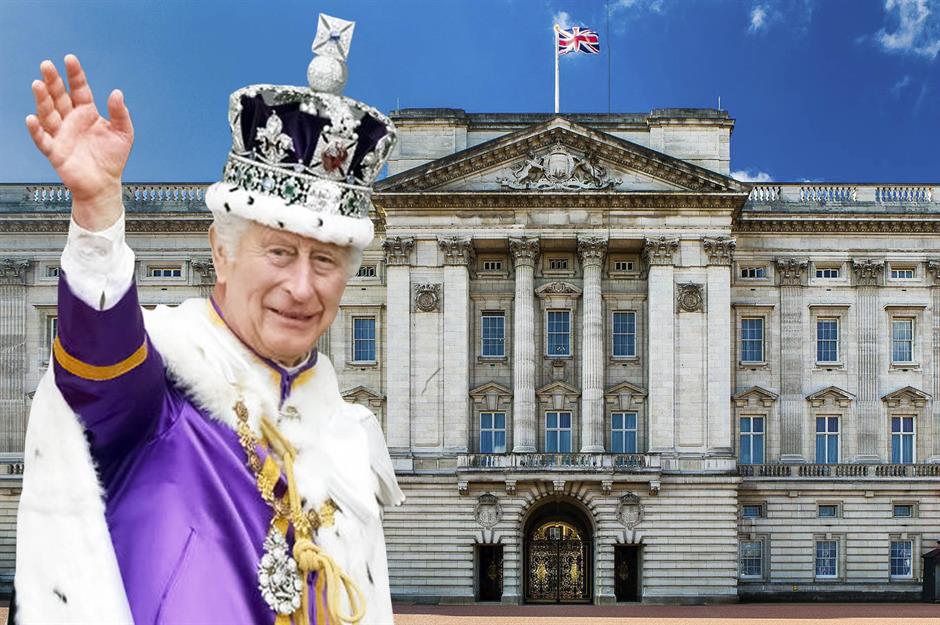
The official London residence of the British monarch since 1837, Buckingham Palace is one of the most recognisable landmarks in the world.
The architectural masterpiece has witnessed over three centuries of history and undergone several transformations. Beyond its familiar façade, its state rooms and galleries are fascinating not just for their lavish interiors, but for the compelling stories and secrets behind them.
Join us as we explore the world's best-known palace. Click or scroll on to find out more…
Jewel in the crown
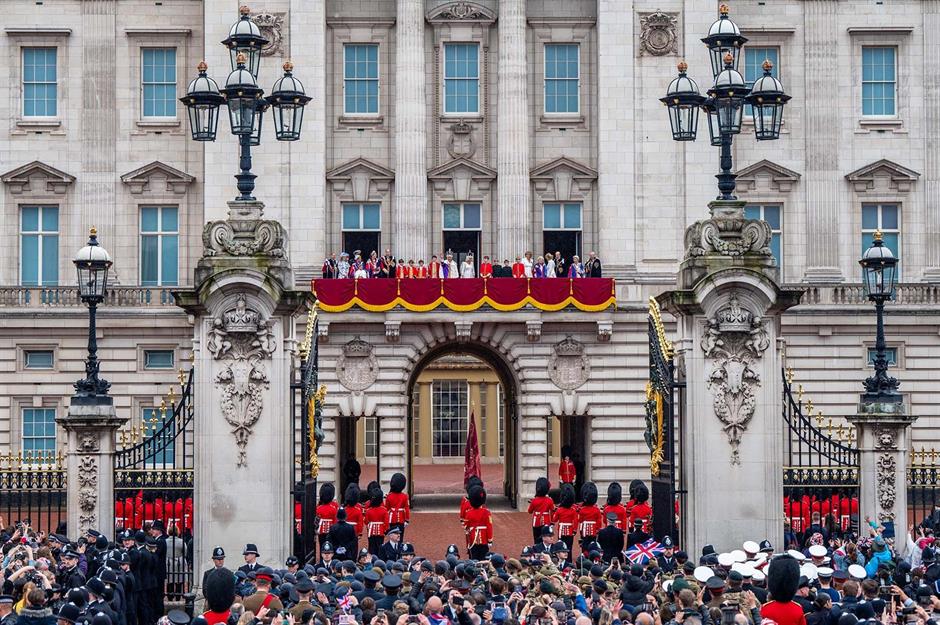
While King Charles waved to the crowds from the balcony of Buckingham Palace on the day of his coronation in May 2023, he decided not to make the residence his home when he ascended the throne.
Extensive renovations are being carried out across the palace, which have prevented the monarch and Queen Camilla from moving in. The King is said to prefer Clarence House as a permanent home and it's not known if the royal couple intends to relocate to the palace in the future.
He is the first monarch since Queen Victoria took up residence here in 1837 not to use the palace as his main residence. Let's retrace its history...
The history of Britain's most famous palace
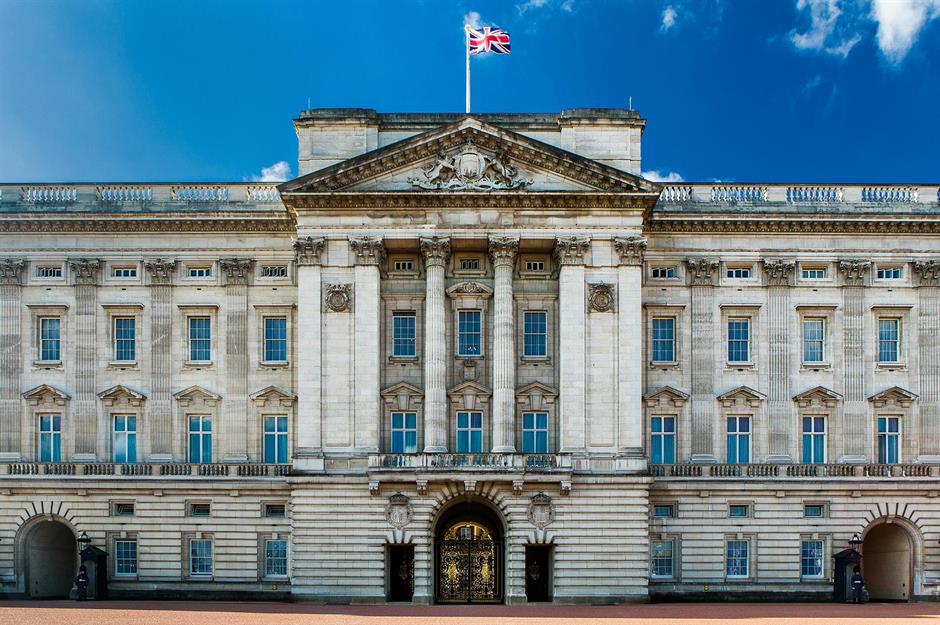
The story of Buckingham Palace spans generations of British rulers. It was built by the Duke of Buckingham in 1703 as a neoclassical townhouse before it was acquired by King George III in 1762. At that time, it was known as the Queen’s House and St James' Palace remained the official seat of the court.
However, Buckingham Palace was lavishly enlarged in the 18th century and Queen Victoria became the first monarch to take up residence in 1837.
The palace has 775 rooms, stretching across an area of 39 acres (15.8ha), and if the monarch's royal standard is billowing high above the roof, you know he’s in. When the Union Jack is flown instead, as seen here, he is elsewhere.
First royal resident
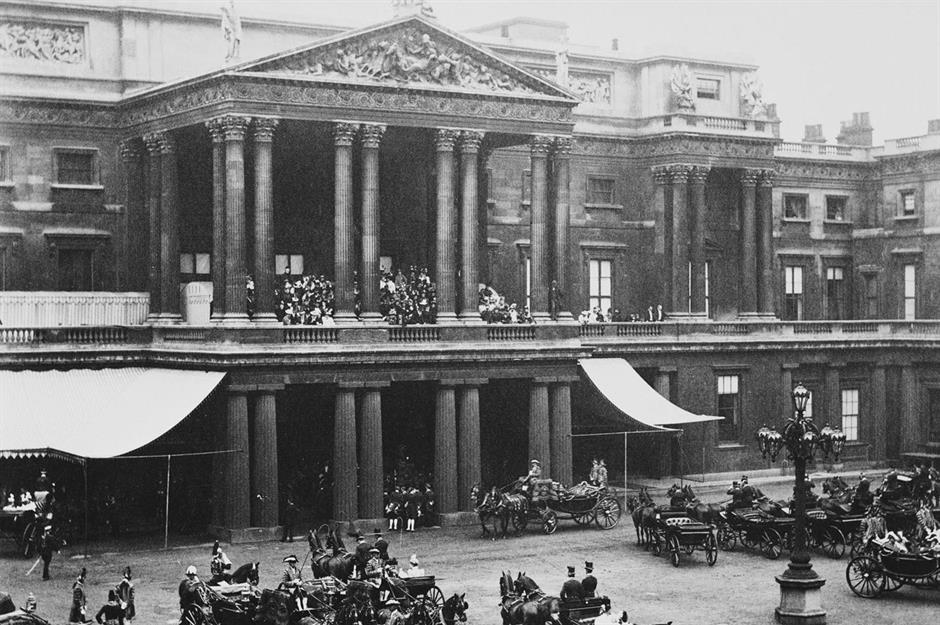
The palace wasn't always so vast. Queen Victoria initially complained about the lack of space just eight years after moving in. Eager for more room for her growing brood, architect Edward Blore drew up plans for a fourth wing, which was completed in 1849.
Despite its lavish interiors, the palace had serious shortcomings. The chimneys smoked so badly that the fires couldn’t be constantly lit, leaving the palace freezing, and the exterior blackened and deteriorated in London's polluted air because it had been made of soft Caen stone.
This photograph was taken during the Queen's Diamond Jubilee in 1897.
Marble Arch move
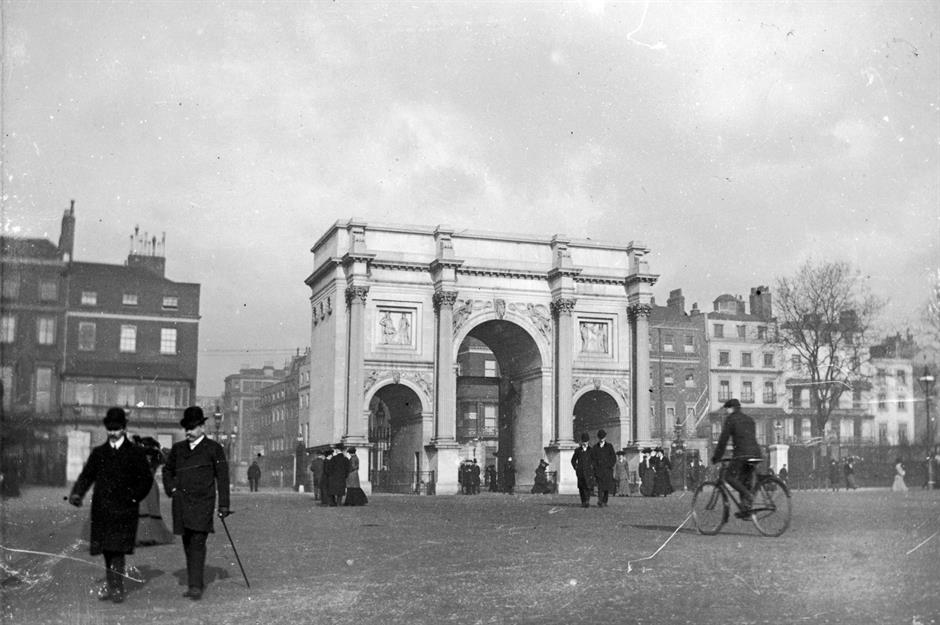
Another result of Queen Victoria’s desire to enlarge the palace was that Marble Arch had to be moved. It stood as a formal gateway to Buckingham Palace for 17 years but was overshadowed by Blore’s Buckingham Palace design.
In 1850, Marble Arch was dismantled and moved beside Hyde Park’s Cumberland Gate. The plan was to make the arch a grand point of entry to the royal park, in time for the Great Exhibition of 1851.
The stone-by-stone removal and reconstruction was overseen by architect Thomas Cubitt, who completed the entire process in just three months. Here it is in 1904.
Major works
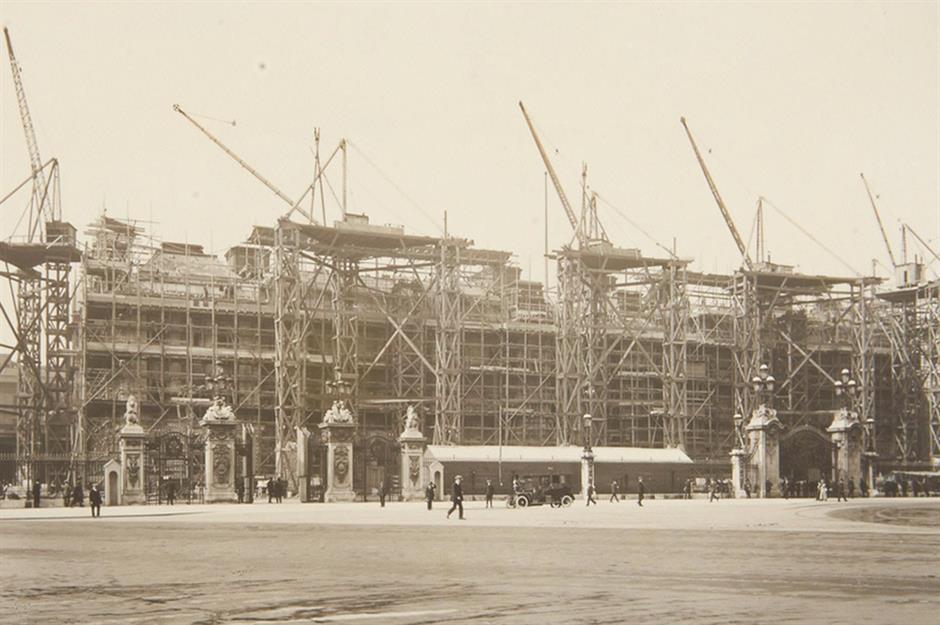
Due to ongoing problems with the palace's discoloured masonry, the decision was taken to reface the façade in 1913.
Sir Aston Webb, who had previously worked on London's Victoria and Albert Museum, used Portland stone and was inspired by Giacomo Leoni's Lyme Park in Cheshire for the palace’s new look.
In his obituary in The Times, it said he "replaced the 'dingy meanness' of the previous frontage with exceptional speed and aplomb."
British monarchy HQ
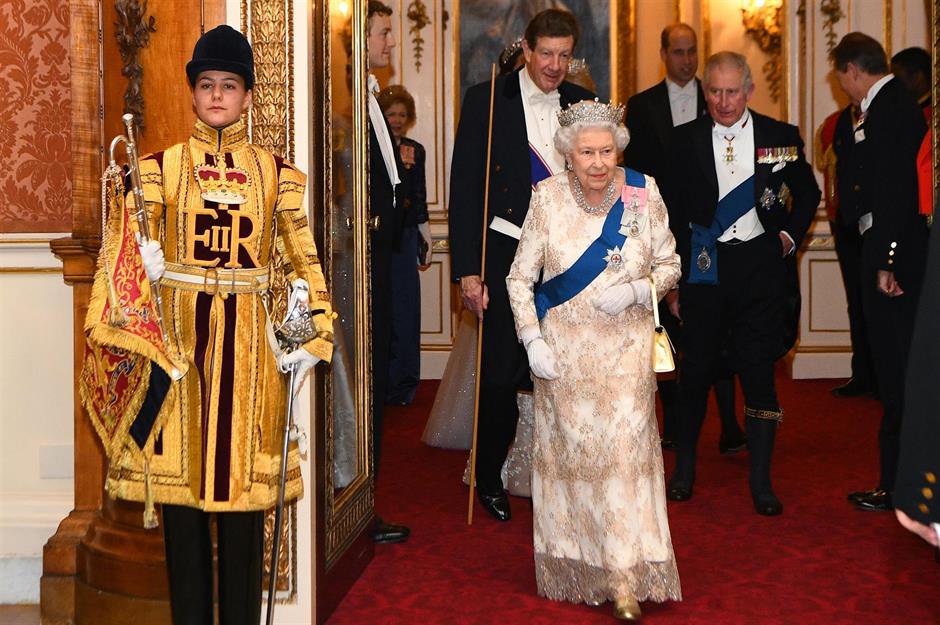
You might be surprised to learn that the sovereign doesn't own the palace. Buckingham Palace is part of the Crown Estate and belongs to the reigning monarch in right of the Crown for the duration of their reign.
While the late Queen Elizabeth II lived in the private quarters of Buckingham Palace for much of her 70-year reign, she always thought of it more as her office than her home.
Nonetheless, the palace has been the epicentre of many of the most prestigious royal events of our time...
Queen Elizabeth II moves into Buckingham Palace
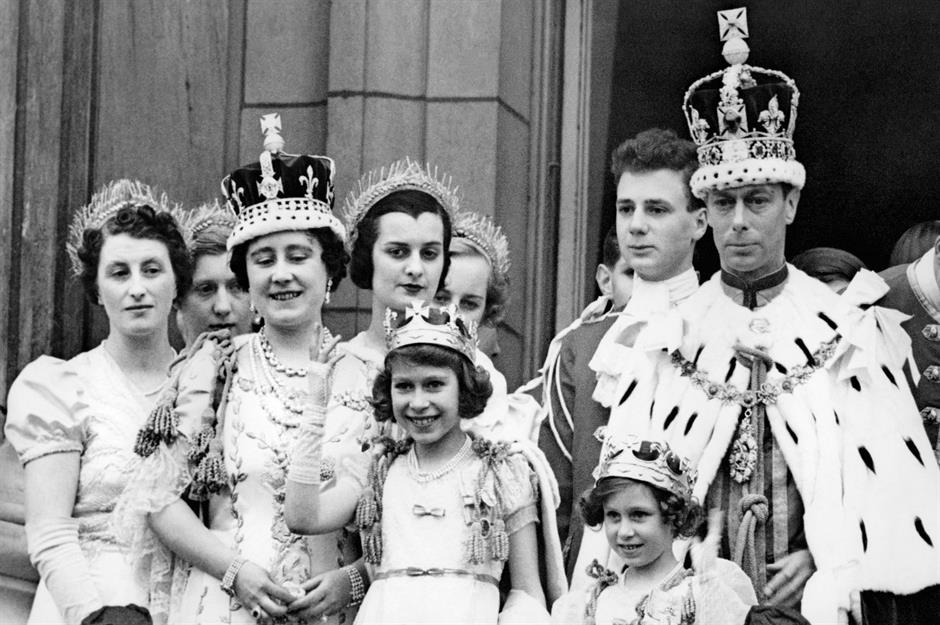
The late Queen Elizabeth II moved into Buckingham Palace as a child on 12 May 1937, when her father was crowned King George VI following King Edward VIII’s abdication in December 1936.
As her nanny, Marion Crawford, observed, life in the palace brought down "a glass curtain between you and the outer world," and the Princess spent hours gazing out of the window, wondering about the lives of the "real people".
Buckingham Palace is bombed
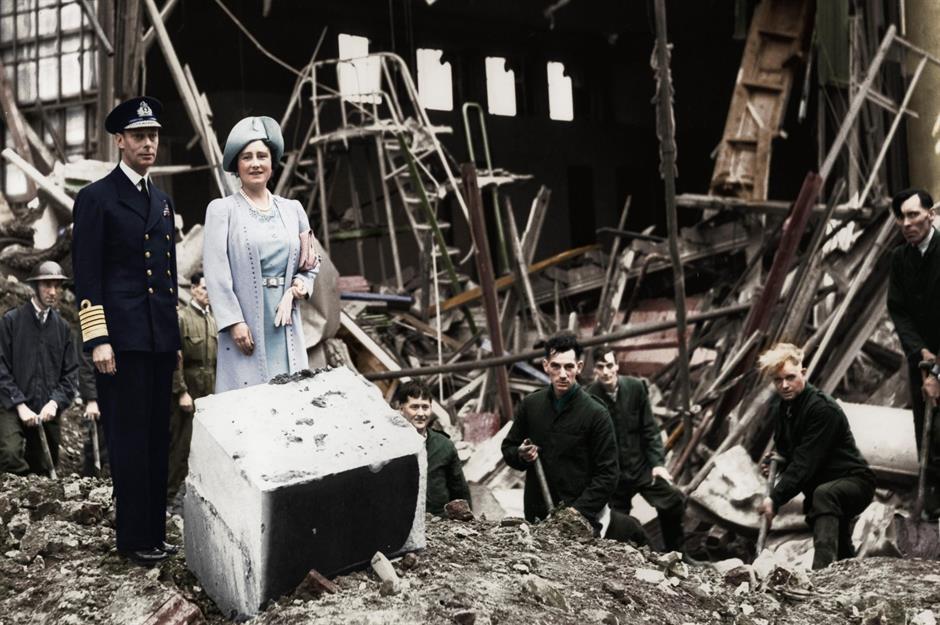
When the Second World War broke out in 1939, Elizabeth and her sister, Princess Margaret, were evacuated to Windsor Castle while her parents remained at the palace to show solidarity with their subjects.
The palace was bombed on seven occasions during the war. The King and Queen are seen here inspecting the damage following a German bombing raid on 11 September 1940, which destroyed the chapel.
At the time, the Queen said: "I'm glad we have been bombed. Now I can look the East End in the face."
A palace post office
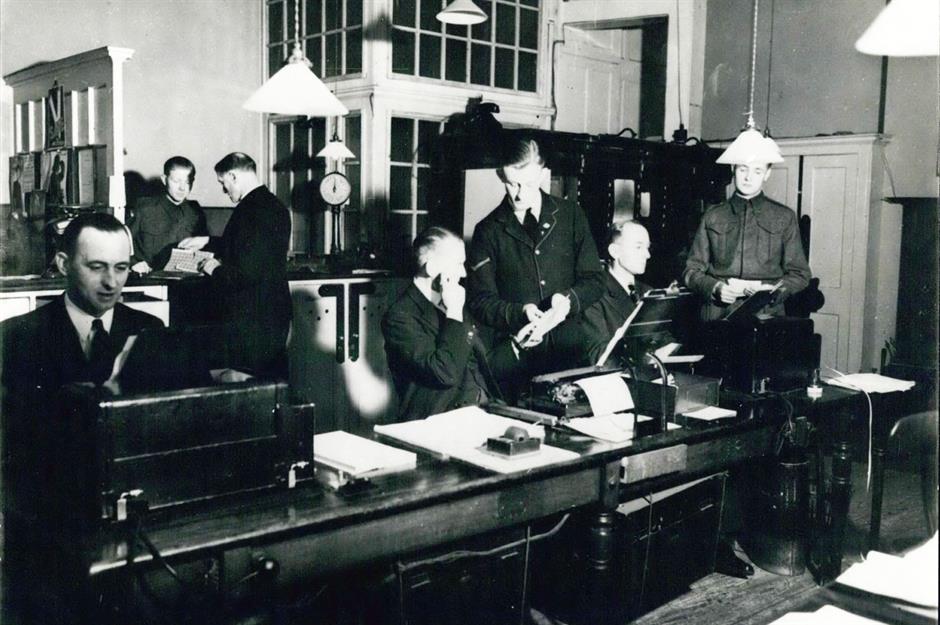
During the war, Buckingham Palace was used as a communications centre. The Court Post Office, which was established in 1897, was utilised during this turbulent period to aid wartime correspondence.
In this photo from 1941, you can see post office workers working at typewriters while the counter clerk deals with an enquiry.
Fast forward to modern times and it’s been revealed that Buckingham Palace also has its own cash machine and doctor’s office, according to Channel 5 series Secrets of the Royal Palaces.
A wartime Christmas party
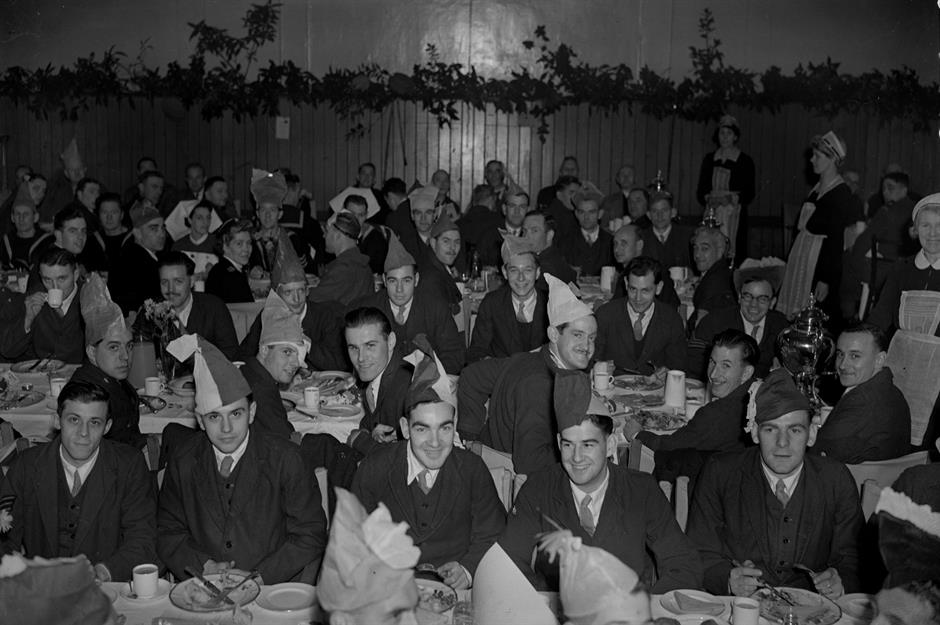
The palace supported war veterans and soldiers with charity events like the one pictured here.
This photo, taken on 17 December 1942, is of a Christmas party hosted by the Not Forgotten Association at Buckingham Palace. It included large tables set for a sumptuous dinner and plenty of Christmas cheer during a difficult time.
VE Day celebrations
.jpg)
The palace was again the backdrop of public festivities when the Second World War in Europe came to an end on 8 May 1945.
Huge crowds converged on Buckingham Palace for the VE Day celebrations and to see the King, Queen, and Winston Churchill wave from the royal balcony.
That night, Princess Elizabeth, dressed in her army uniform, slipped unobserved into the crowds with her sister to enjoy the festivities. "I think it was one of the most memorable nights of my life," she later recalled.
A peaceful home once more
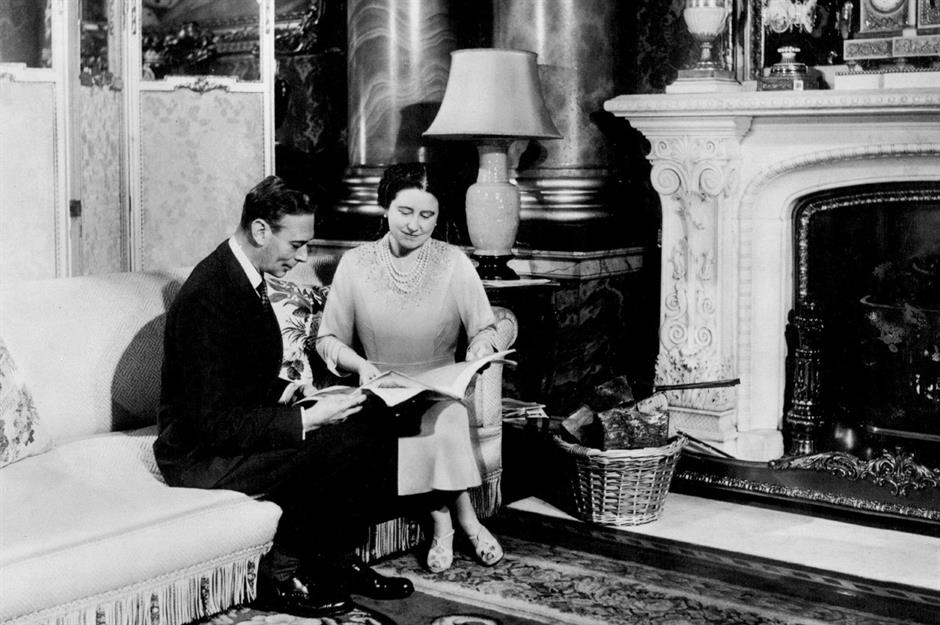
After the war, Buckingham Palace returned to a peaceful family home once more. The grand but inviting interior is seen in this intimate photograph of King George VI and Queen Elizabeth in their private apartments, taken to mark their 25th wedding anniversary in 1948.
Marble pillars may flank the ornate fireplace, but furniture upholstered in cosy textiles and rugs creates a warm environment.
On their wedding day back in 1923, the couple had to return numerous times when they made their appearance on the palace balcony, such was the enthusiasm of the crowds. When the King complained, his wife is said to have replied: “One day they might not want us.”
Queen Elizabeth II’s engagement
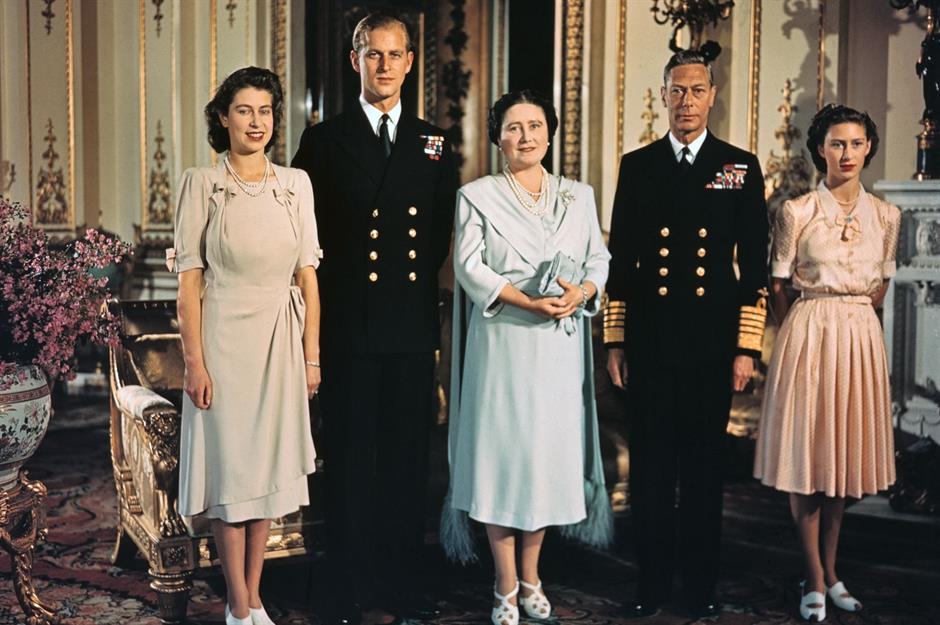
On 9 July 1947, 21-year-old Princess Elizabeth and Lieutenant Philip Mountbatten announced their engagement at a photocall in the White Drawing Room of Buckingham Palace. The happy couple is pictured here alongside Queen Elizabeth, King George VI, and Princess Margaret.
Prince Philip had proposed the previous year, but the couple had agreed to wait another year before making the announcement.
Queen Elizabeth II’s wedding day
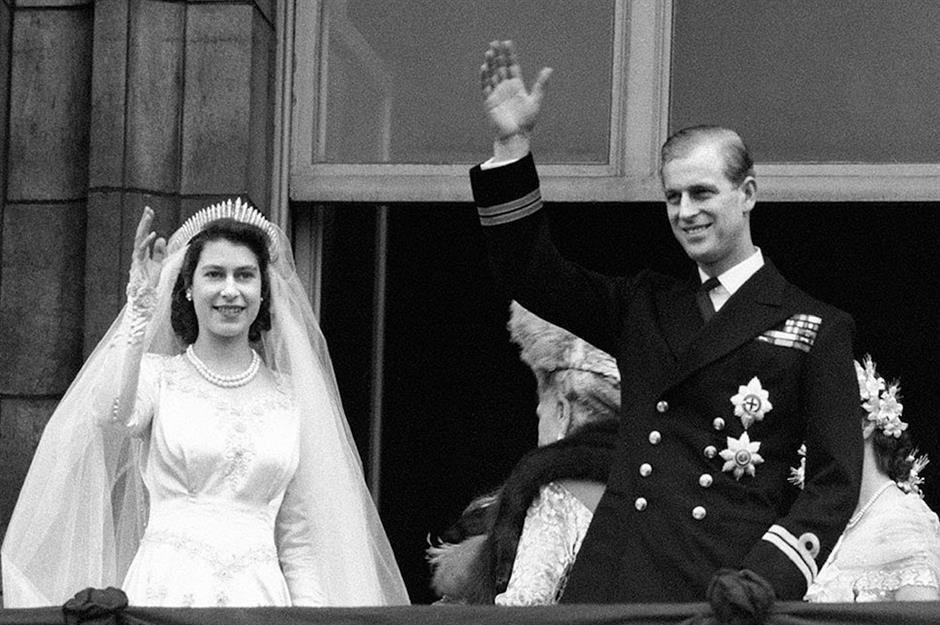
Wearing a Norman Hartnell gown in duchesse satin, Elizabeth and Philip married at Westminster Abbey on 20 November 1947, before a wedding breakfast and official photographs at the palace.
The newlyweds are seen here waving to the crowds from the iconic balcony, but you won’t find any shots of them kissing, since it was not royal tradition to do so back then.
Swapping their private lives for the palace
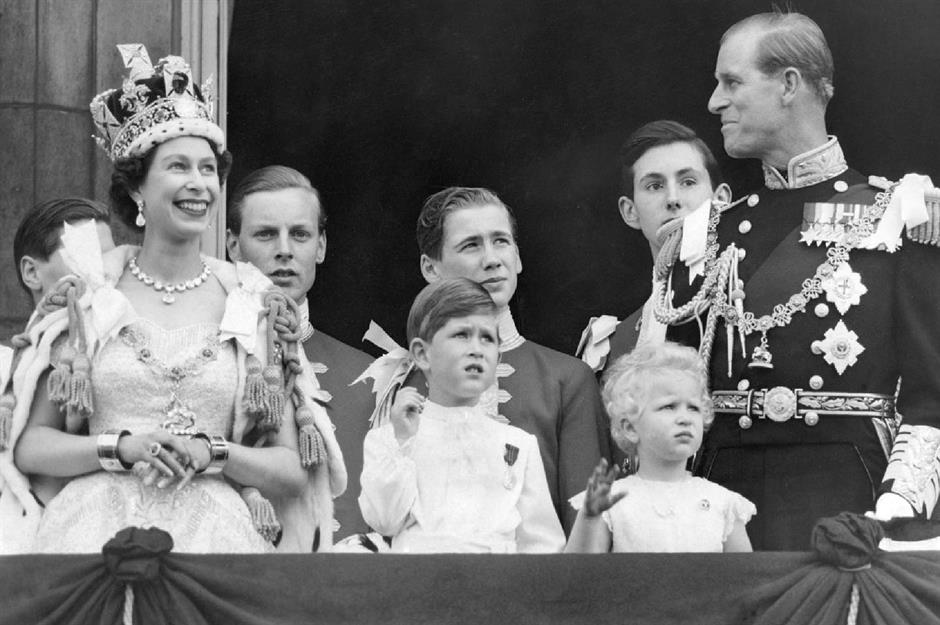
Queen Elizabeth II was crowned monarch on 2 June 1953, following the passing of her father. However, she was reluctant to move back into Buckingham Palace after enjoying a relatively normal family life at Clarence House in London's Westminster and in Malta, where the Prince was stationed with the Navy.
She is pictured here alongside Prince Philip and their two children, Prince Charles and Princess Anne, on the balcony at Buckingham Palace after the coronation ceremony at Westminster Abbey.
Queen Elizabeth II's first Christmas broadcast
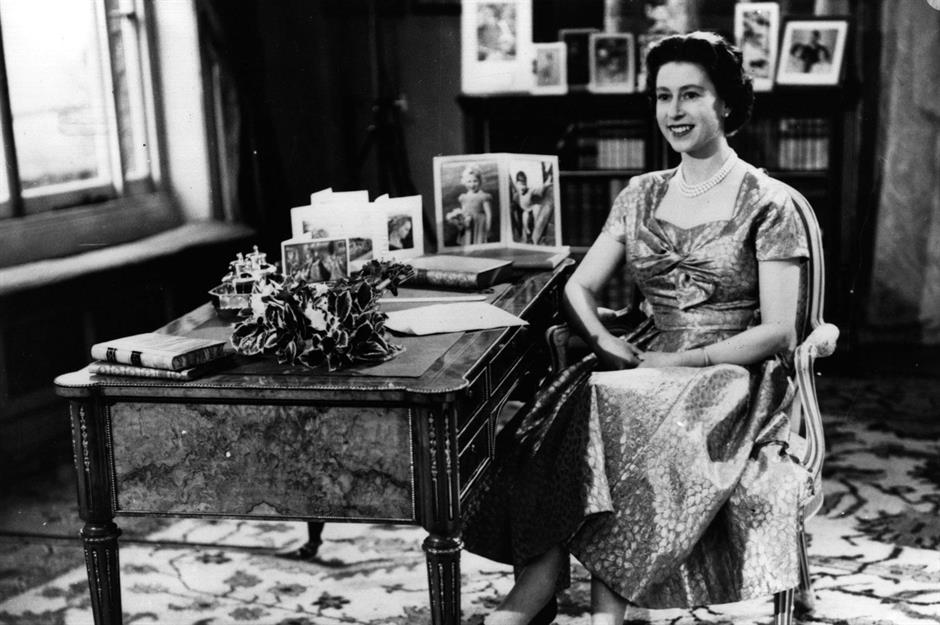
On 25 December 1957, Queen Elizabeth II delivered her first Christmas Day television speech to the nation from her private rooms, seen here.
Up until her permanent move to Windsor Castle, the late Queen resided in the palace's nine-room private apartment during the week.
However, according to royal author Penny Junor's book The Firm, she wanted to remain in nearby Clarence House. She was persuaded to move into Buckingham Palace by former British Prime Minister Sir Winston Churchill.
Hosting the Kennedys for dinner
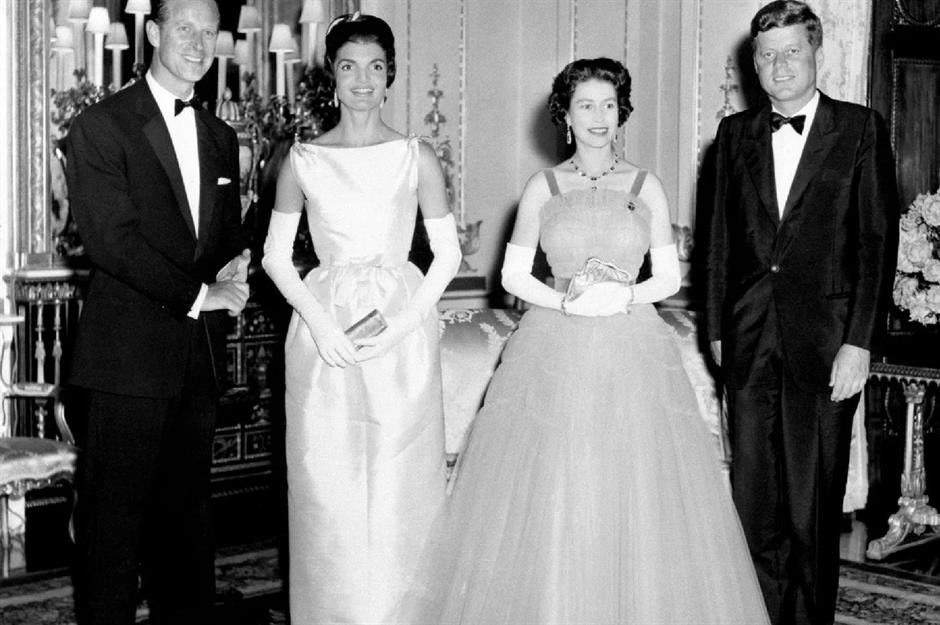
The palace has seen numerous visits from important people, including US President John F Kennedy and First Lady Jacqueline Kennedy, who are seen here ahead of a dinner given by Queen Elizabeth II in their honour at the palace in June 1961.
There were 14 US presidents during the late Queen's reign, and with the exception of President Johnson, she met each one.
A palace playground
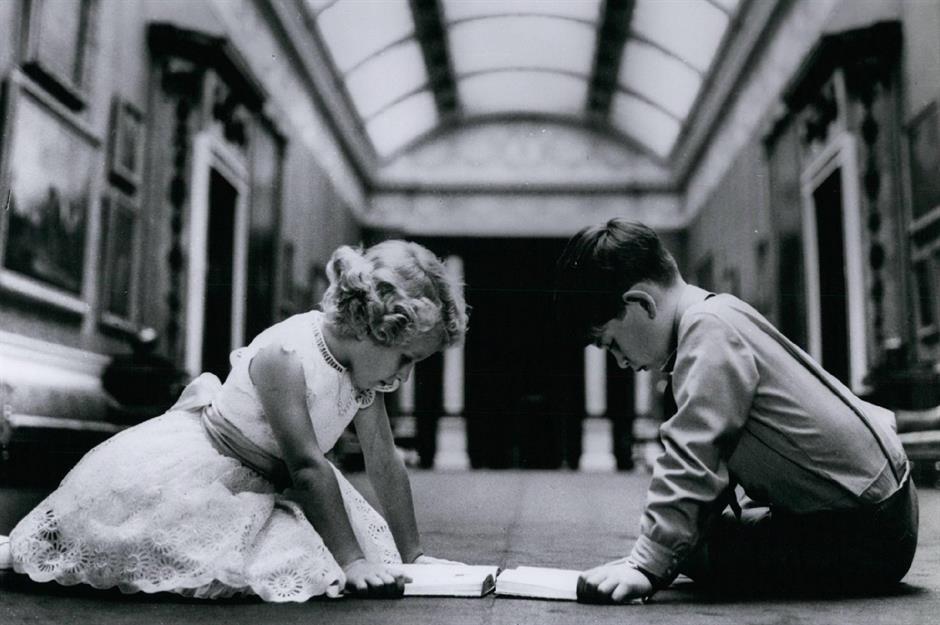
As well as a venue for hosting dignitaries, the palace was a family home. With so many rooms and endless corridors, Buckingham Palace must have felt like a glorious playground to Prince Charles and his sister, Princess Anne, during their childhood.
This charming image of the brother and sister in the Picture Gallery was taken to mark the prince’s eighth birthday on 14 November 1956.
A childhood home for young royals
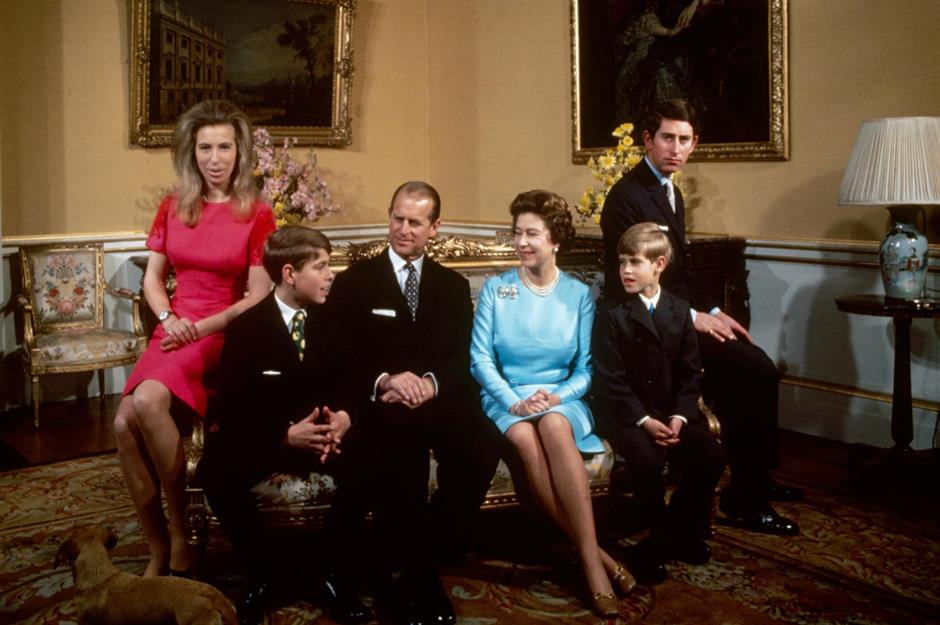
Apart from Princess Anne, who was born at Clarence House, all of Queen Elizabeth II’s children were born at Buckingham Palace: King Charles in the nursery and Princes Andrew and Edward in the Belgian Suite.
The family is seen here in one of the private living rooms at the palace in 1972, on the occasion of the Queen and Prince Philip’s silver wedding anniversary. From left to right: Princess Anne, Prince Andrew, Prince Philip, Queen Elizabeth, Prince Edward, and Prince Charles.
The Prince and the palace
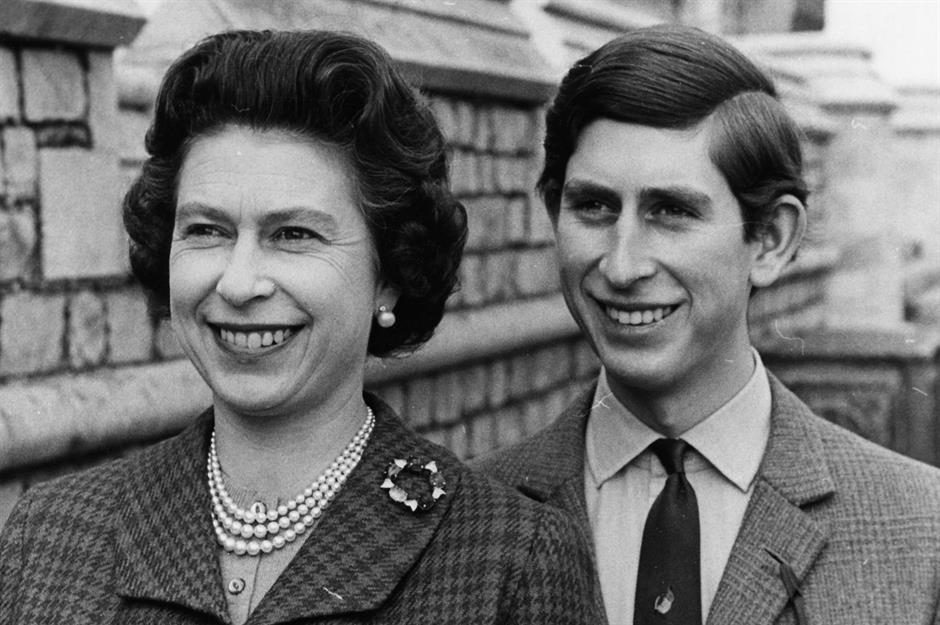
King Charles III spent a great deal of his early childhood at Buckingham Palace. He stayed there when he was on leave from serving in the armed forces between 1971 and 1977.
A few years later, Charles' bride-to-be, Lady Diana Spencer, lived at the palace while preparations were underway for one of the biggest royal weddings in history.
A history-making moment on the balcony
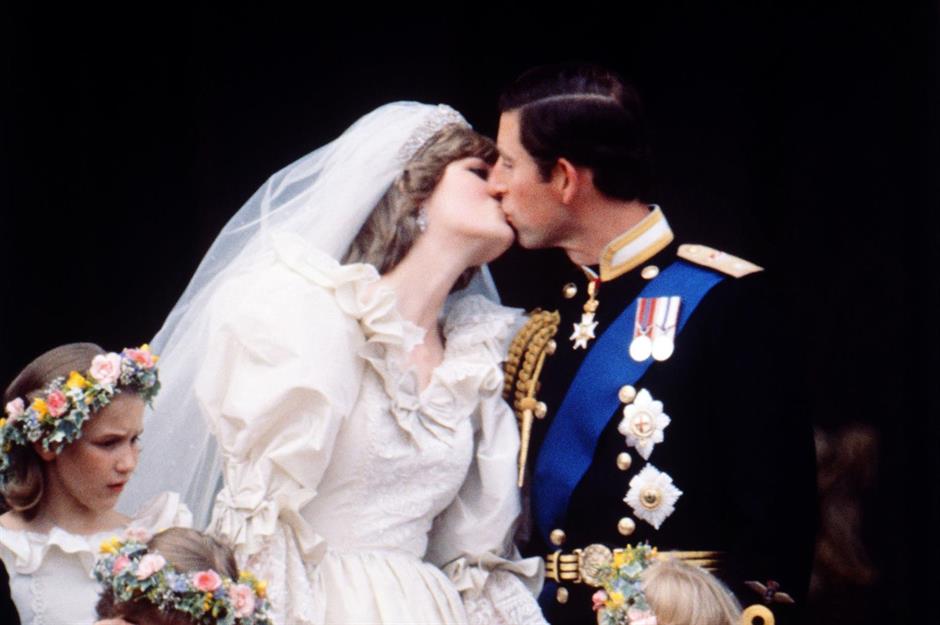
Prince Charles, as he was known back then, and the late Princess Diana started a new royal tradition when they kissed on the balcony of Buckingham Palace on 29 July 1981.
According to The Daily Mirror, the Prince forgot to kiss his bride after saying his vows at St Paul's Cathedral, so he decided to make up for it on the balcony afterward.
The fairytale wedding was watched by a global audience of around 750 million people, while more than half a million people lined the streets of London to catch sight of the princess in her glorious gown.
Continuing the tradition
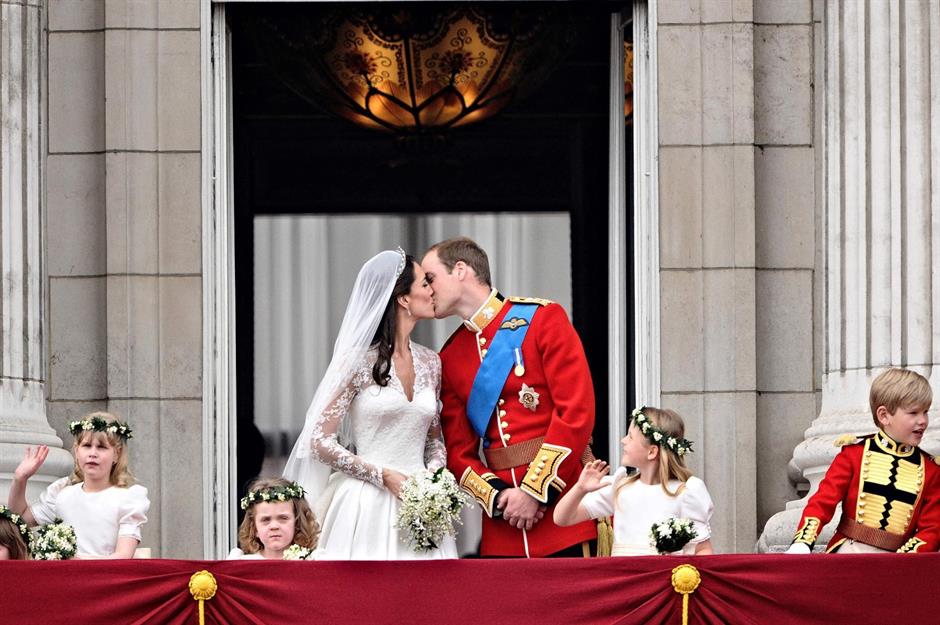
Continuing in his father’s footsteps, Prince William kissed his new wife Catherine on their wedding day on the iconic balcony on 29 April 2011.
Despite having never lived at Buckingham Palace, it has been a constant throughout the Prince's life, from his regular appearances on the balcony as a child to its starring role in his wedding.
As well as a formal lunch for 600 guests at the palace hosted by his grandmother, Queen Elizabeth II, the wedding celebrations included a dinner for 300, hosted by his father, the then Prince Charles.
Intruders at the palace
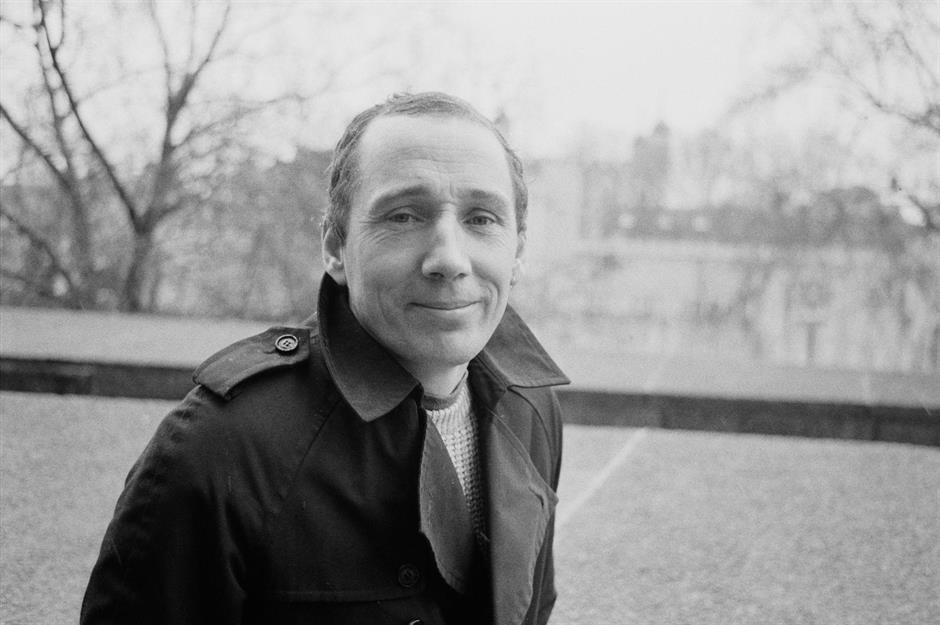
However, not everyone who has set foot in the palace over the years was invited. Not long after Charles and Diana’s wedding, the worst security breach in Buckingham Palace history took place on 9 July 1982, when unemployed decorator Michael Fagan shimmied up a drainpipe and gained access to the bedroom of Queen Elizabeth II, undetected by cameras or staff.
Buckingham Palace wasn’t open to the public at this time, which is possibly what drove public curiosity to see inside, but it wasn’t long before that would all change…
Open for business
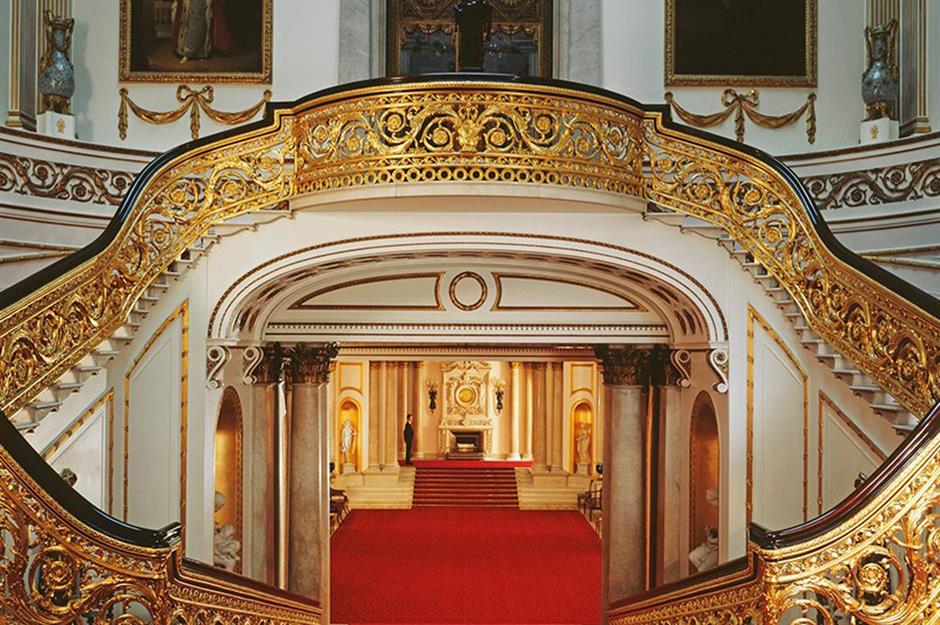
The palace was opened to the public in 1993 and quickly became one of London’s most popular tourist destinations. There are 775 rooms in total, which include 19 state rooms, 52 royal and guest bedrooms, 188 staff bedrooms, 92 offices, and 78 bathrooms, along with architect John Nash’s Grand Staircase, seen here.
There are a staggering 760 windows and 1,514 doors at Buckingham Palace, along with the aforementioned post office, cinema, and, ATM machine, installed by royal bank of choice, Coutts.
Let’s explore some of the most iconic rooms and surprising features...
Throne Room
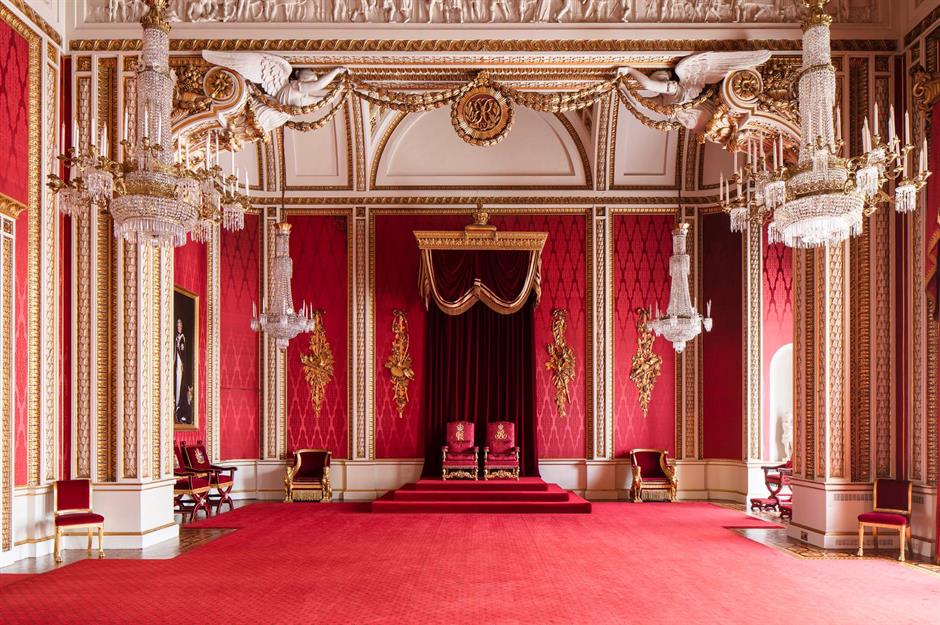
The state rooms are open to visitors from July to September every year and highlights include the Throne Room, seen here, which was designed by John Nash.
Central to the room is a pair of throne chairs known as the Chairs of Estate, which were used for the Queen’s coronation ceremony in 1953. In keeping with his views on sustainability, they were reused for the coronation of King Charles in 2023.
White Drawing Room
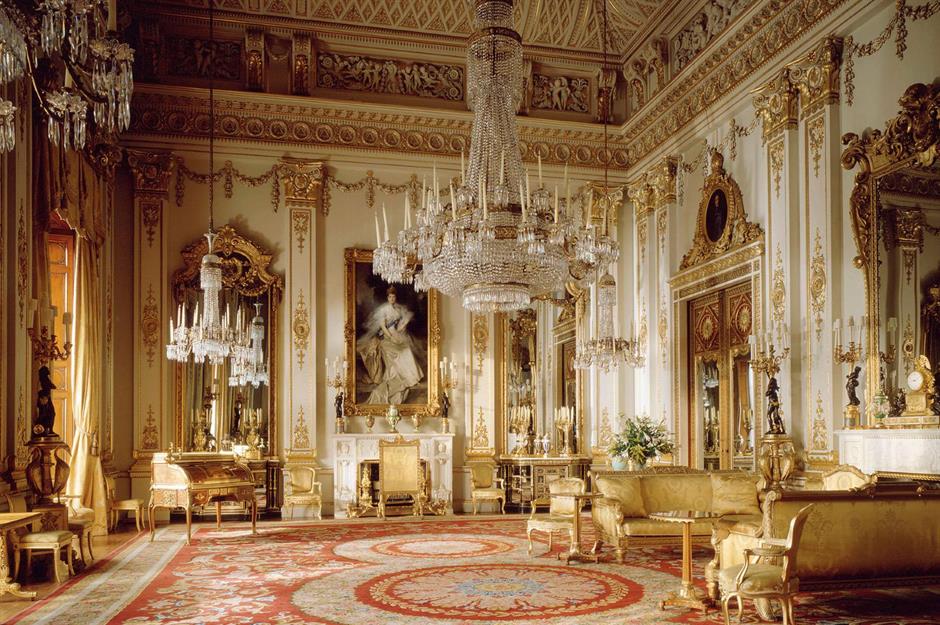
King George IV, who extended the palace in the 19th century at significant expense, was big on bling. The White Drawing Room, seen here, is perhaps the grandest of all the state rooms, with lavish gilded furniture that could put Trump Tower to shame.
When not open to the public, it serves as a royal reception room for the King and members of the royal family to gather before official occasions.
It has a secret door disguised as a mirror and cabinet, which the late Queen Elizabeth II used to enter the room from her private apartments.
Picture Gallery
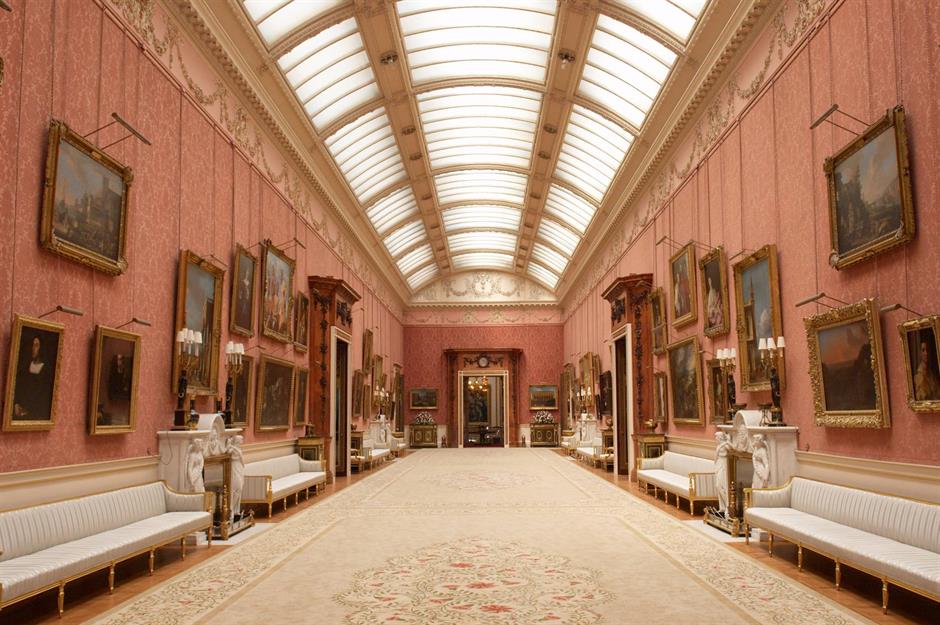
The Picture Gallery displays some of the greatest paintings in the Royal Collection, including works by Titian, Rembrandt, Rubens, and Van Dyck.
One of the main state rooms, the gallery normally forms the backdrop to state visits and receptions. US President Donald Trump and First Lady Melania Trump were hosted there in 2019.
Green Drawing Room
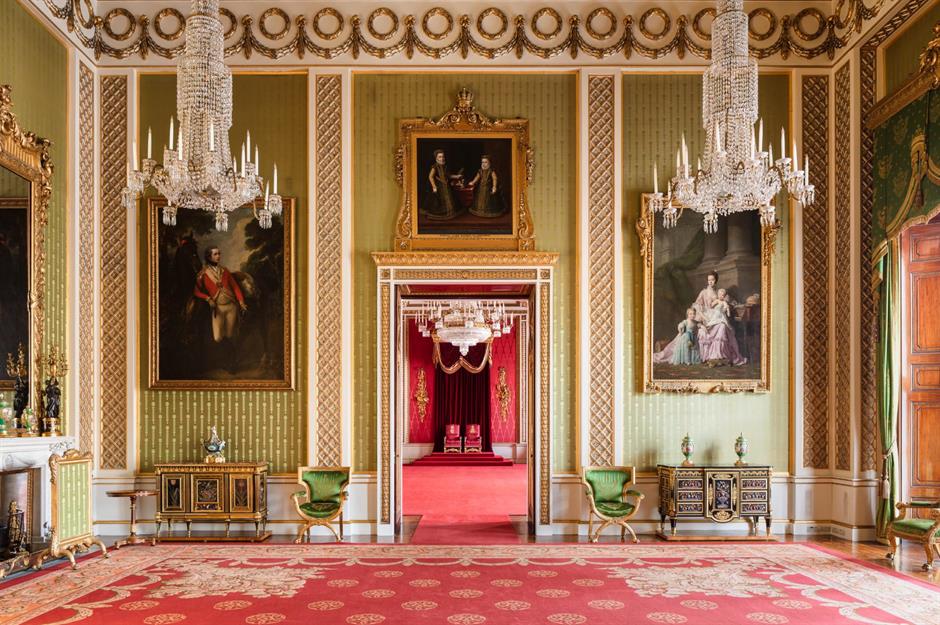
Open to the public and used as a reception room by the royal family, the Green Drawing Room owes its name to the green and gold silk wall coverings that were installed in 1834 at the behest of Queen Adelaide, who was moved by the plight of the impoverished silk workers in Ireland who produced them.
Originally, the flooring, ornaments, and curtains were a similar shade of green, but a ruby red rug has since been laid to break up the block colour.
Music Room
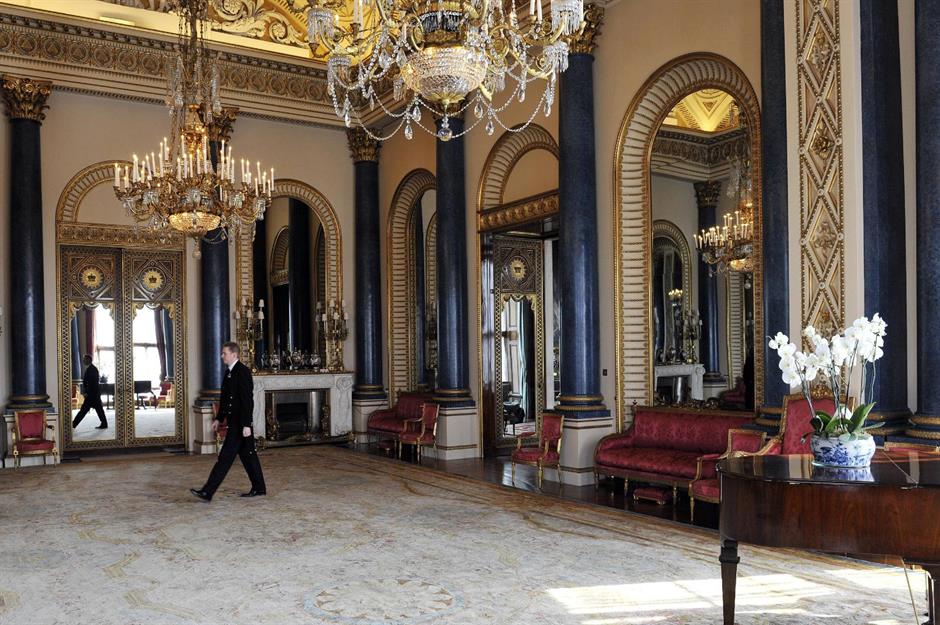
While there is a piano in the Music Room, it's typically used as a space where guests can be presented to the King before dinner.
It's also a popular spot for royal christenings, including those of the late Queen Elizabeth II’s three eldest children, who were all baptised here with water brought from the River Jordan.
Originally known as the Bow Drawing Room, the Music Room at Buckingham Palace was completed in 1831 and has not been altered since.
Yellow Drawing Room
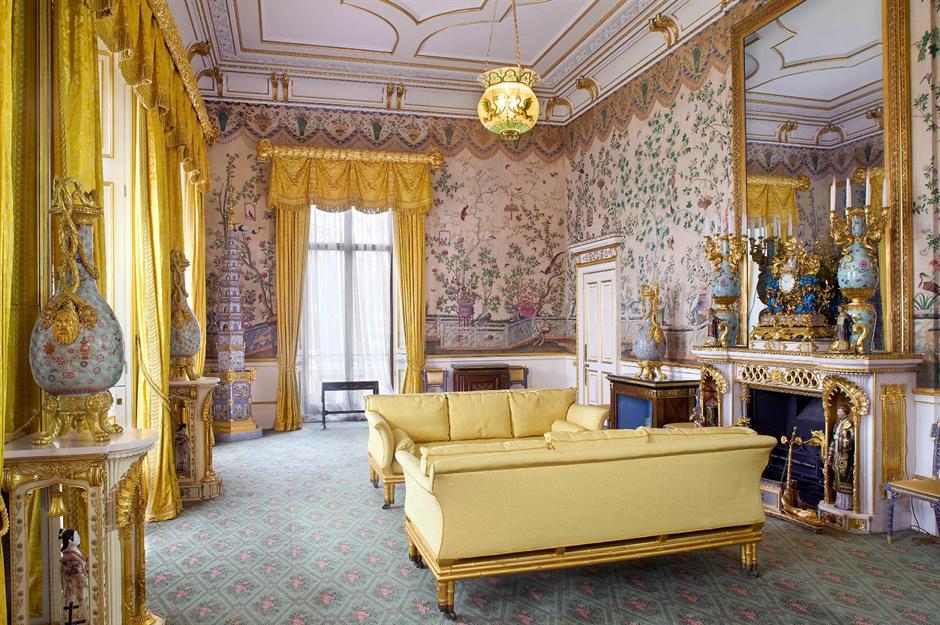
The Yellow Drawing Room opened to the public for the first time in July 2024, five years into a huge renovation project that's expected to be completed in 2027. It was the first time the previously private East Wing of the palace was made accessible to visitors in guided groups.
In 1855, the stunning room was redecorated and hung in rich yellow silk for the state visit of Emperor Napoleon III and Empress Eugénie. This was later replaced by Chinese wallpaper discovered by Queen Mary after the First World War.
Centre Room
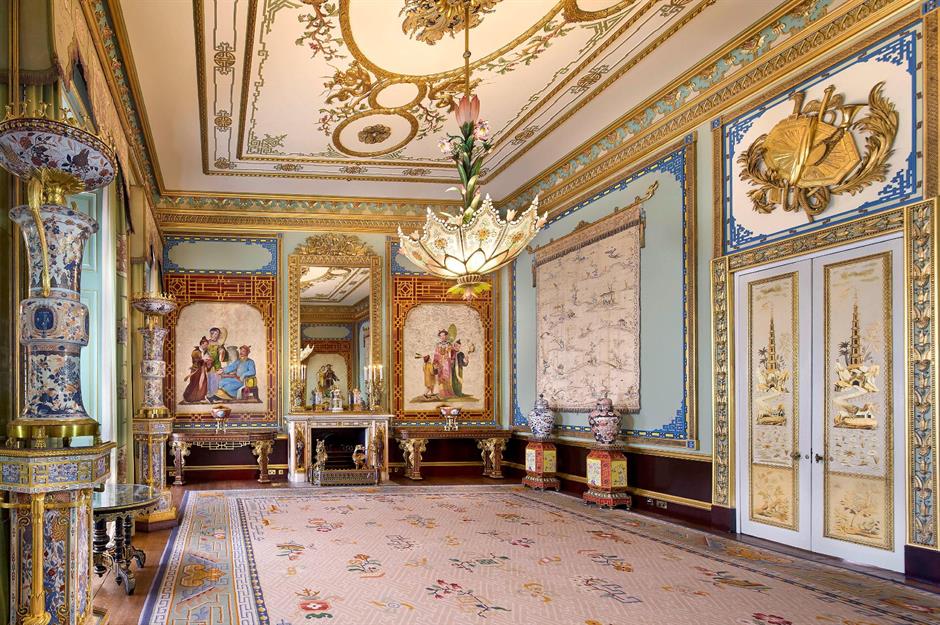
Perhaps even more fascinating for visitors is the Centre Room, through which the royal family accesses the famous balcony where they wave to the public.
It’s a unique opportunity to see the view from the royals' perspective, though visitors are not allowed to step onto the balcony itself. It’s the first time this room has been opened to the public.
The biggest garden in London
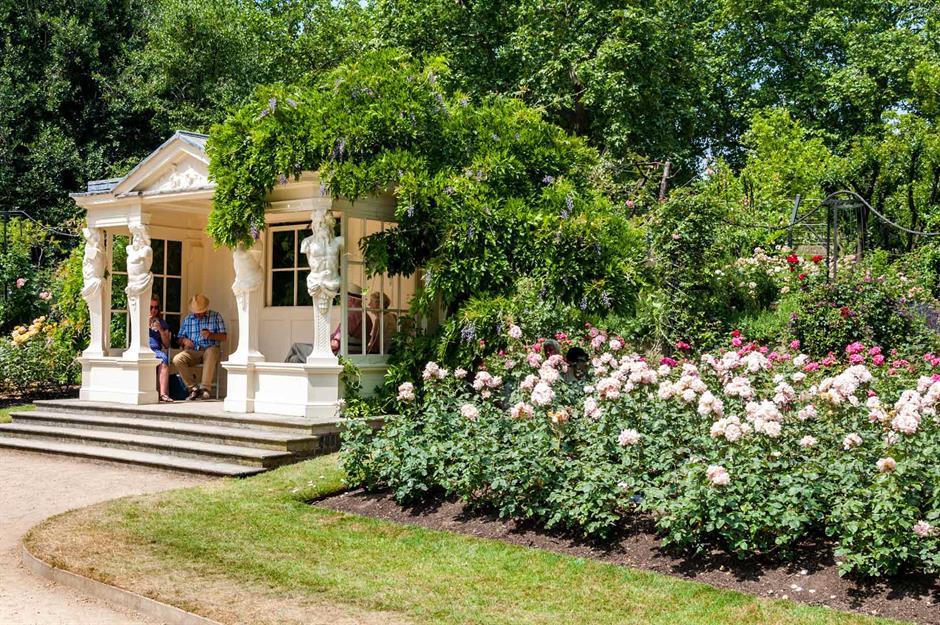
As you would expect, the gardens are as spectacular as the interiors of the palace. Described as 'a walled oasis in the middle of London', it is the largest private garden in the capital, boasting 325 wild-plant species, 30 species of breeding birds, and over 1,000 trees, including 98 plane trees and 85 different species of oak.
The grounds have a lake at their centre, created in the 19th century and originally fed by the overflow from the Serpentine lake in Hyde Park. Visitors can tour the gardens and even picnic on the sweeping lawns.
Visits by helicopter
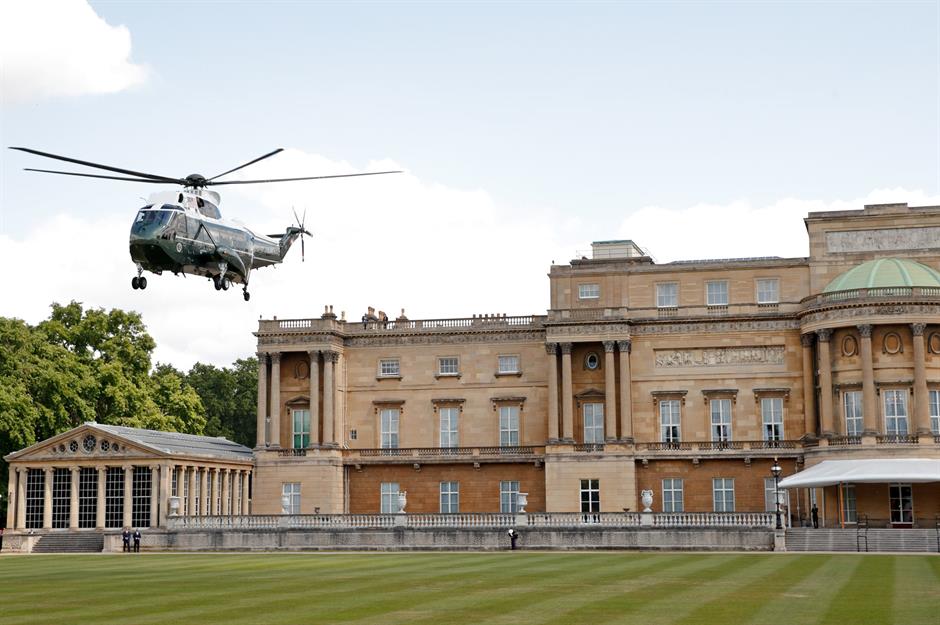
The grounds of Buckingham Palace are so large that helicopters can land in them. The first instance of this was just before Queen Elizabeth II's coronation in 1953. The helicopter landed not on an official helipad, but in a helicopter landing area, which continued to be used for many years.
In 2000, the royal family built an official helipad to protect the lawns. A concrete helipad was considered unsightly, so the royal helipad was created from a layer of matting underneath grass.
Pictured here is Marine One, the United States Marine Corps Helicopter, carrying US President Donald Trump and Melania Trump ahead of their ceremonial welcome in June 2019.
Gold State Coach
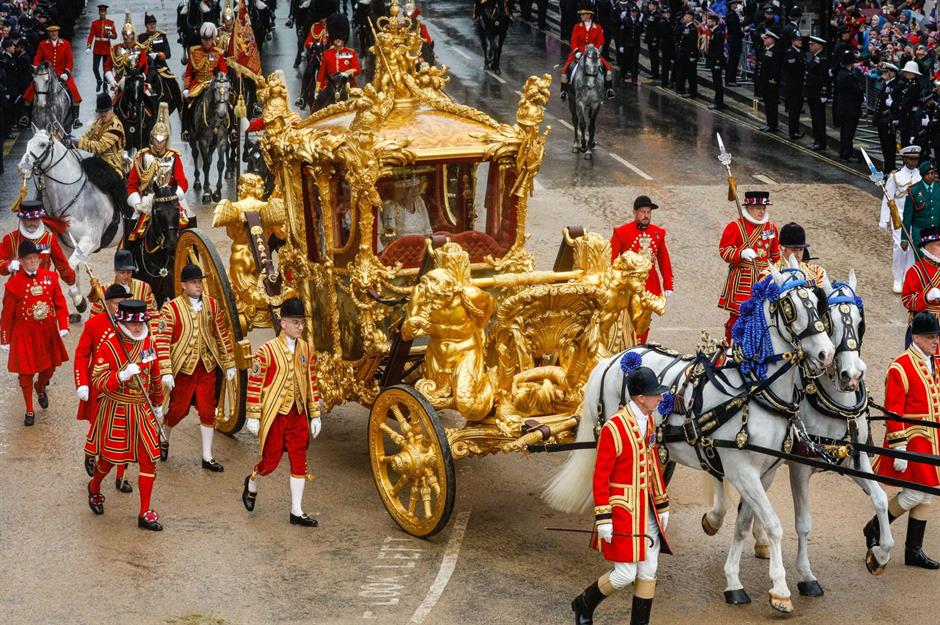
In other modes of royal transport, King Charles and Queen Camilla travelled back to Buckingham Palace after their coronation in the Gold State Coach in 2023.
The historic coaches and carriages used by the royal family are kept at the Royal Mews at Buckingham Palace, which celebrated its 200th anniversary in May 2025.
As well as playing a crucial role in every royal wedding and coronation since it was built, the Royal Mews once housed a school for the children of palace staff during the reign of Queen Victoria and hosted a tea party for wounded soldiers during the First World War.
Platinum Jubilee celebrations
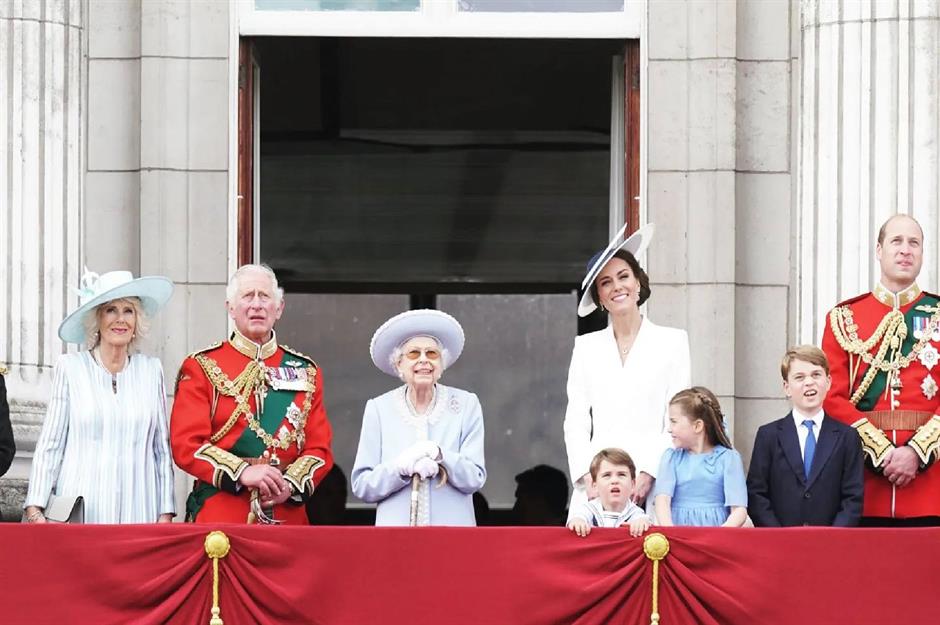
In June 2022, crowds gathered at the palace gates to cheer the late Queen Elizabeth II during her Platinum Jubilee celebrations, as she appeared on the balcony alongside the then Duchess of Cornwall and Prince Charles, now King Charles and Queen Camilla, along with Prince George, Prince William, Princess Charlotte, Prince Louis, and the Duchess of Cambridge, who is now known as the Princess of Wales.
The celebrations lasted from 2 to 5 June 2022, marking the 70th anniversary of the Queen's reign. The Platinum Party also took place at the palace, which featured performances by Alicia Keys, Elton John, Rod Stewart, and Diana Ross, and culminated in an epic light show featuring 400 drones.
Buckingham Palace in mourning
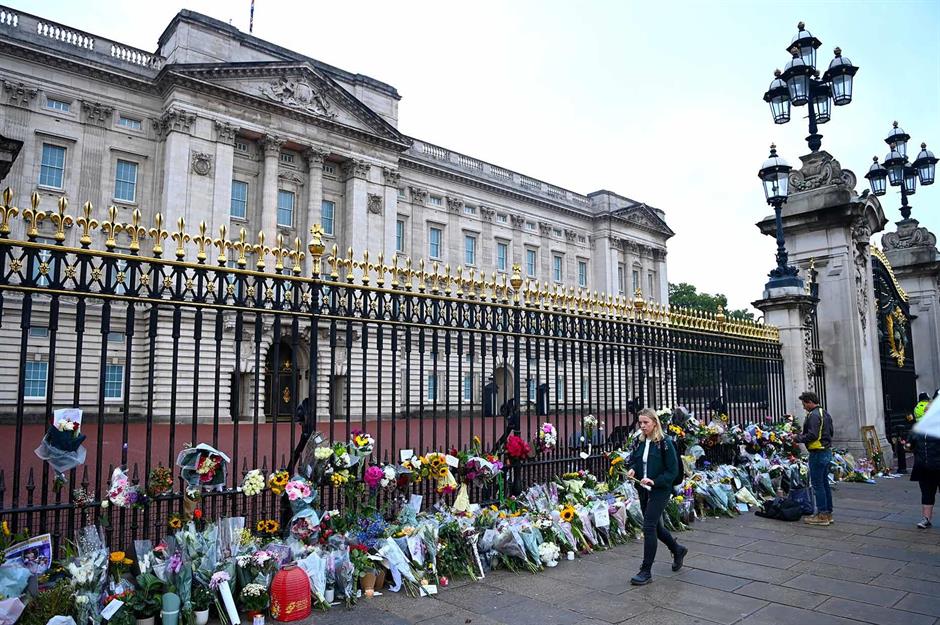
When Queen Elizabeth II passed away just a few months later on 8 September 2022, tributes poured in from across the globe.
While the late monarch had made Windsor Castle her permanent official residence during the pandemic, Buckingham Palace remained the focus of public attention following her death. Multitudes of mourners descended on the iconic landmark in the days leading up to her state funeral to pay their respects.
Buckingham Palace’s renovation
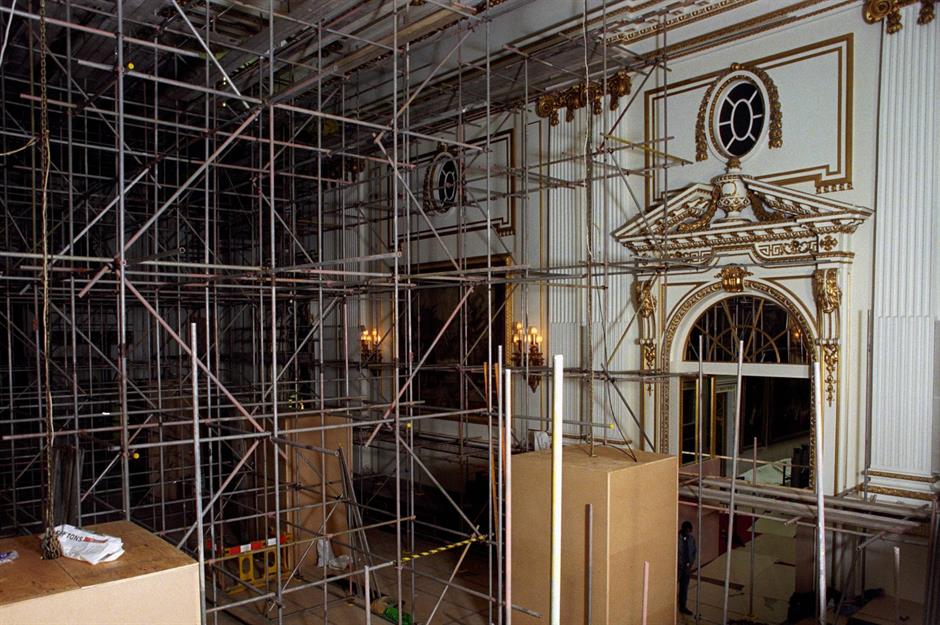
Following King Charles III's ascension to the throne, the monarch made Clarence House his home while extensive renovations are carried out at Buckingham Palace. The ambitious project is expected to last until at least 2027 and the cost is said to be a staggering £369 million ($506m).
The building's infrastructure is in urgent need of a complete overhaul to prevent long-term damage to the building and its contents. The palace's electrical cabling, plumbing, and heating have not been updated since the 1950s.
Protecting the palace's treasures
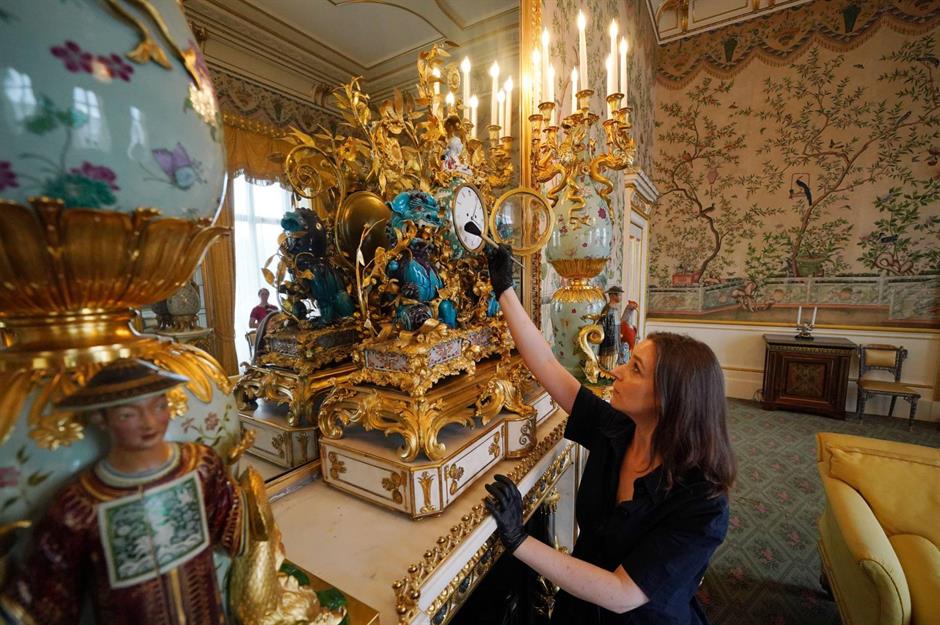
The East Wing was the first section of the palace to undergo renovation, which meant removing and conserving everything inside its rooms. That's 200 paintings, 40 chandeliers, 1,100 items of ceramics and glass, 100 mirrors, 30 clocks, 200 books, 300 items of fine furniture, 560 items of everyday furniture, and 40 historic textiles.
In this image, a member of Royal Collection Trust staff tends to the Kylin Clock in the Yellow Drawing Room before the room was opened to the public in 2024.
There are over 1,600 clocks in the Royal Collection and horological conservators are required to adjust the timepieces across the monarch’s official residences throughout the year.
Plans for opening up the palace
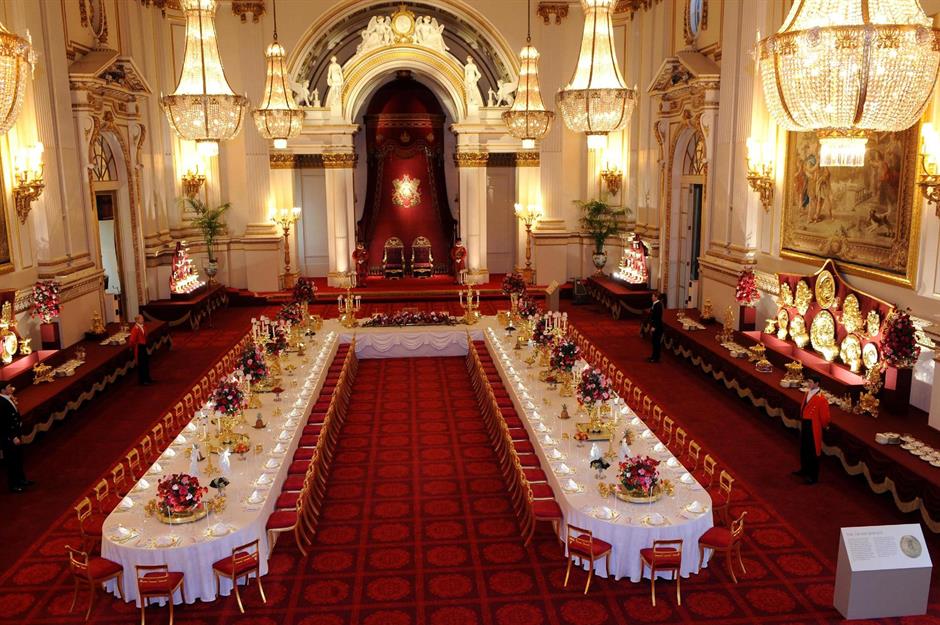
Beyond the renovations, the King is said to have ambitious plans to make Buckingham Palace more 'inclusive' to a modern nation. The King and Queen are reportedly keen to open up more parts of the palace to the public, hosting more receptions and events in its hallowed halls.
An idea was even floated to host popular BBC TV show Strictly Come Dancing in the palace's ballroom, though it appears to have been scrapped.
Security at the palace
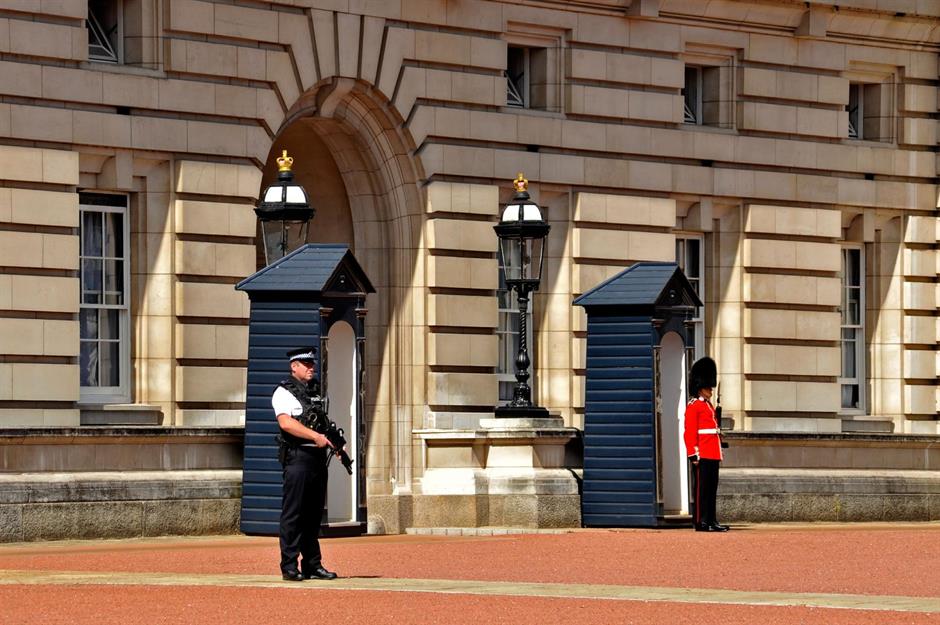
As the central London estate becomes more accessible to the public, security will be on the minds of those who manage Buckingham Palace.
In 2023, reports revealed that confidential documents revealing the palace's inner workings had been released online. Unredacted files and photographs detailing the building's layout and security features were among the materials uploaded to Westminster City Council's planning portal.
The documents even included possible locations of the King and Queen’s private quarters.
A secret royal pool
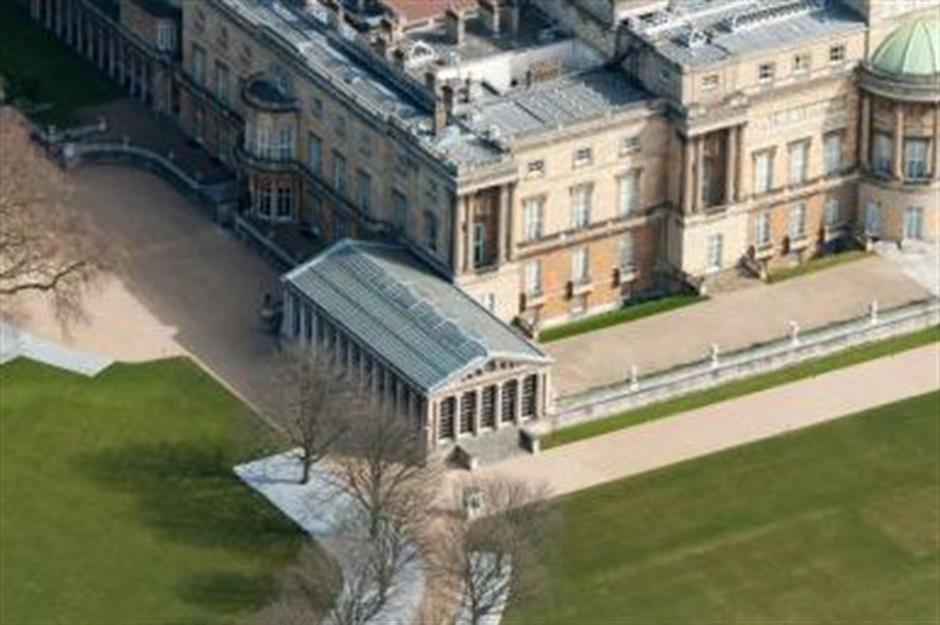
The leak also revealed the location of the royal family's swimming pool, which is considered one of the palace's closest-guarded secrets.
According to reports, the pool was installed in 1938 in one of architect John Nash’s conservatories on the north side of the palace, after King George VI ascended the throne. It was added so that the late Queen Elizabeth II and her sister could learn to swim.
King Charles is said to have enjoyed sailing his model boats in the pool with school friends, while Princess Diana relished a morning swim here as well as splashing about with Prince William and Harry when they were little.
Buckingham Palace: the future
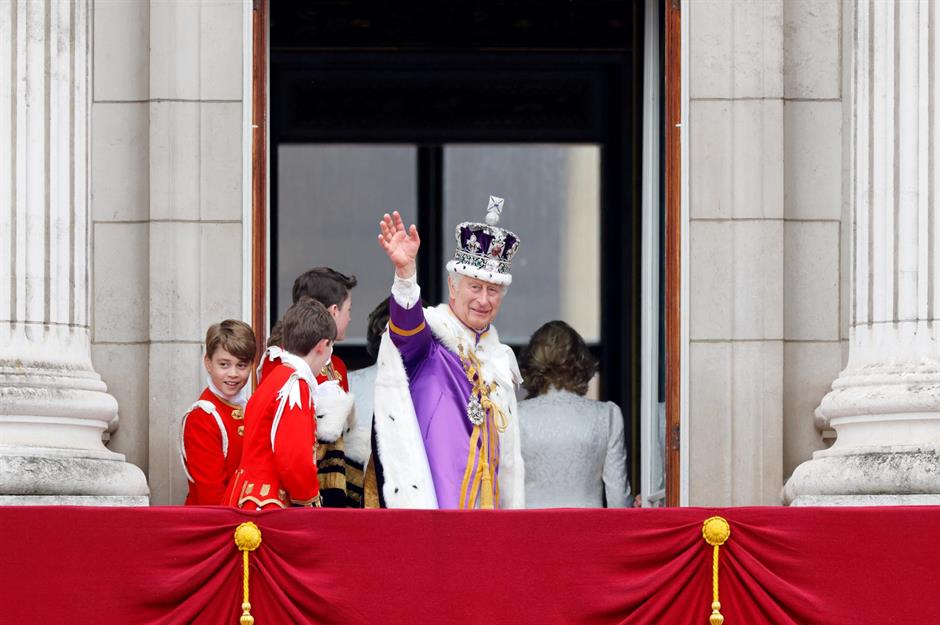
With extensive renovations underway and the King’s promising plans to share more of the estate with the public, we can rest assured that Buckingham Palace will remain an iconic royal landmark for decades to come.
However, there will no doubt be some changes to the royal home in the near future. King Charles has made it clear that he wants the palace and all the crown estates to remain cost-effective and fit for purpose for many years to come.
Loved this? Step inside the hallowed halls of more amazing royal palaces
Comments
Be the first to comment
Do you want to comment on this article? You need to be signed in for this feature